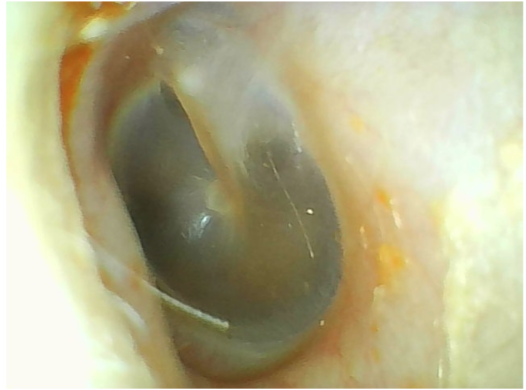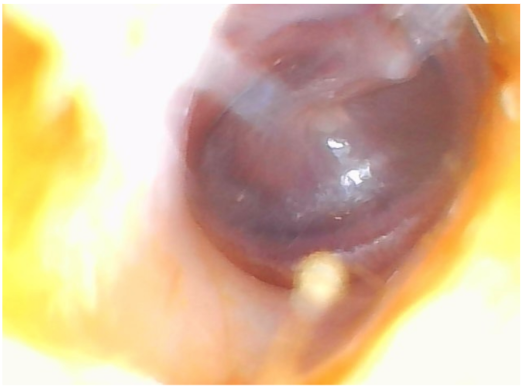Grommet surgery for children: what parents need to know
As a parent, the thought of your child undergoing any type of surgery can be overwhelming. However, when it comes to grommet surgery for hearing loss, it's important to have a good understanding of what the procedure entails and what to expect before, during, and after the operation. This will help you make informed decisions about your child's treatment and ensure that they receive the best possible care.
Grommet surgery, also known as tympanostomy, is a common procedure performed on children by an ear, nose and throat (ENT) specialist with hearing loss caused by fluid buildup in the middle ear, a condition known as otitis media. This fluid can cause pressure to build up in the middle ear, leading to conductive hearing loss and making it difficult for sound to travel through the ear and reach the inner ear.
During grommet surgery, a small, plastic tube is inserted into the eardrum to help ventilate, drain fluid and reduce pressure in the middle ear. This allows sound to travel more easily to the inner ear, improving hearing and reducing the risk of further complications.
Grommet surgery is typically recommended for children who have frequent or persistent middle ear infections (otitis media) that are affecting their hearing and speech development. It may also be recommended for children with severe cases of glue ear (otitis media with effusion), where fluid has accumulated in the middle ear without an infection.
Grommet surgery is a simple, outpatient procedure that is performed under anesthesia by an ENT specialist. The procedure typically takes between 10 and 15 minutes, and children will need to remain in recovery for several hours after the surgery to ensure that they have fully recovered from the anesthesia.
During the procedure, the ENT surgeon will make a small incision in the eardrum and insert a small tube into the middle ear. The tube helps to drain fluid and reduce pressure in the middle ear, improving hearing and reducing the risk of further complications.
Eardrum close up
Infected eardrum close up
Grommet in an eardrum
After the surgery, children will typically need to avoid water in their ears for several weeks to reduce the risk of infection. They may also need to take antibiotic ear drops for a short time to help prevent infections.
There is no need for parents to do anything differently after grommet surgery, as the procedure is generally very safe and effective. Most children will recover fully from grommet surgery within a few days. It's important to monitor your child's symptoms and seek medical advice if they develop any discomfort or signs of infection. It’s also important to keep your child's ear dry for a few weeks after the procedure to prevent infection. This means avoiding swimming and taking showers instead of baths.
Grommets are designed to fall out naturally as the child's ear drum grows and heals. This typically occurs within 6-12 months after the surgery.
The success of grommet surgery will depend on several factors, including the underlying cause of the hearing loss, the child's age, and their overall health. Most children will experience a significant improvement in their hearing and speech and language development within a few weeks of the surgery.
In some cases, the grommets may fall out early, or the fluid may reaccumulate in the middle ear, requiring further treatment. Your Audiologist will be able to monitor your child's progress and advise you on the best course of action. Grommet surgery is a safe and effective treatment for children with hearing loss caused by fluid buildup in the ear.
Related reading



